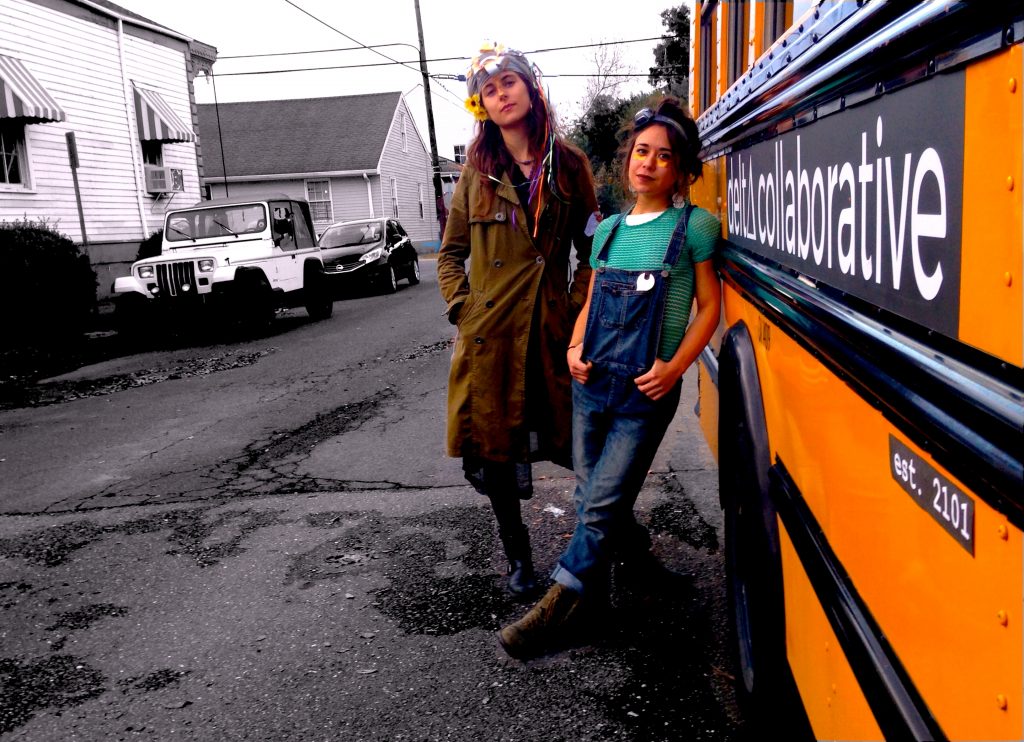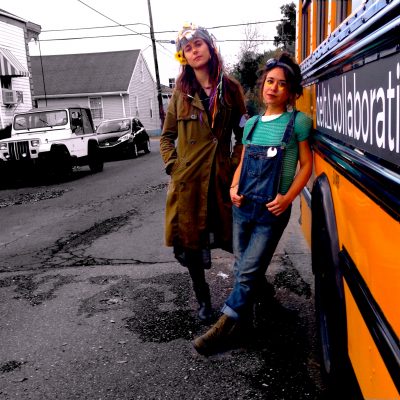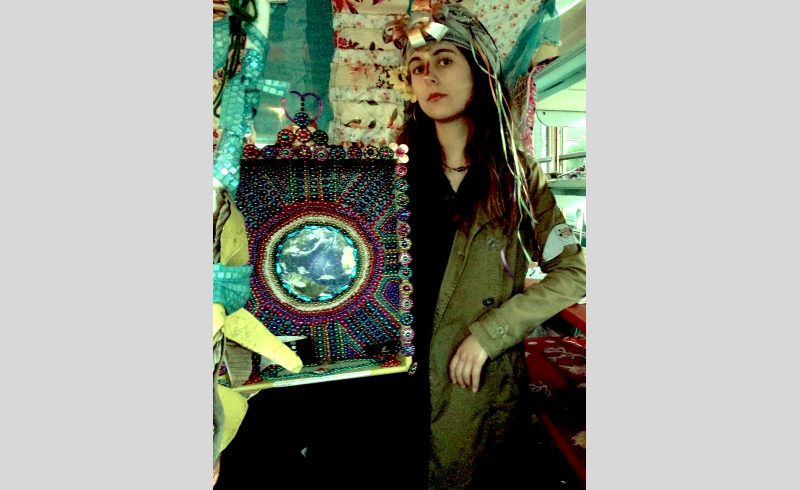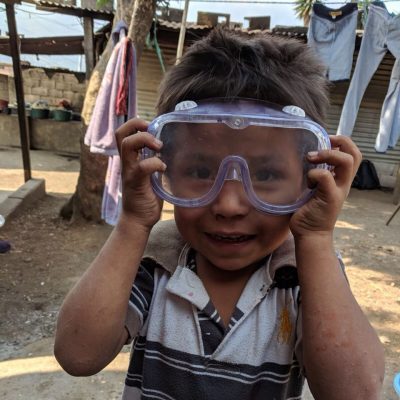Article
The Delta Collaborative is a radical pedagogical project intended to empower and embolden the working class in the fight for sustainable economies and livelihoods in Louisiana. Amidst the BLM movements, the Standing Rock occupation, and Trump’s election in 2016, Emma Yip (Senior Fellow, 2018 Copenhagen) and friend Elena Ricciardi designed this project. In its inception, the Delta Collaborative was a reaction to the concurrent forces of climate change, environmental pollution and a growing inequality tugging across the United States. Elena and Emma were inspired to engage with communities in the American Deep South because they believe this is the frontline of the environmental justice movement.
Inspired by “Strangers in their Own Land” and “Playing with Fire” as well as the many Southern people they lived amongst, Emma and Elena built a mobile environmental museum. Their goal? To address what is called the “great paradox”, the contradiction of poor conservative communities who continue to vote against environmental regulation and continue to be disproportionately polluted and abused by industry.
How can a new environmentalism be inspired within middle and southern America? How can the facts of climate change and environmental degradation be communicated to people who are often averse to such ideas?
Elena and Emma were inspired to engage with communities in the American Deep South because they believe this is the frontline of the environmental justice movement.
They believe that the incorporation of middle and southern America into the environmental justice movement , is paramount to the country’s ability to address climate change and connected issues. To them this was especially evident in the wake of a resurgent “alt-right” and President Donald Trump’s election as well as the perpetuation of climate denial, and rising threat of environmental destruction. Part of their aim is to provide an alternative discourse to communities that are often closed to alternative discourses. Being from California, Emma and Elena find that they are exceptionally different from the people of the south. But through this difference, they hoped to experience collective learning and discovering through the sharing of epistemologies and experiences. To do this, they aimed to disseminate information about the state of the environment, different ways people are trying to combat degradation, and foster creativity for people to advocate for change in diverse geographies.
The museum was built to showcase a “dark” and “light” side, with the former showcasing exhibits on the state of the world’s tragedies today, and the latter showcasing examples of change-makers and innovations that are tackling these issues.
According to Emma and Elena, “our mobile environmental museum has a “fantastical” and carnival-esque air to it, which will hopefully attract interest from passerby and eventually prompt organized events to book us. We are advertising it as a “time-traveling bus from the future”, which has brought us from the apocalyptic mid 2100’s on a mission to warn the people of present day of the harm being caused to the earth. The two of us will take on characters (Karla and Antonia), wear costumes, and develop back-stories.”
By providing information to the public in this way, Emma and Elena aim to educate and inspire the communities they are living in.
From Mobile Library to Mobile Museum

However, after two months of being an operational mobile library, we realized that southeastern Louisiana did not want books. They were entertained by our bus, sure, but disinterested by books.
“Our project began with frenzied applications to all the grants we could find. Eventually we received on grant from the Ella Lyman Cabot Trust, totaling $25,000. From there, we set about developing a project that is vastly different than the one that you have just read about, for it took us a dramatic trial and error to come to the museum project. Our first “trial” was to build a mobile library. We spent over four months planning and building a library of over 400 books to bring out to predominantly conservative communities in southeastern Louisiana. We thought that the library would help us build relationships with these communities, and that we could eventually foster conversations about the environment out of it.
However, after two months of being an operational mobile library, we realized that southeastern Louisiana did not want books. They were entertained by our bus, sure, but disinterested by books. After much deliberation, we decided to tear down the library and build a museum, the TIMESHIP, an expression of all the conversations we wanted to have with people about the environment, in exhibits they could see, touch, and experience. For an additional two months we researched, interviewed, sawed, drilled, painted, collaged, and sewed this museum together, and set off with our new bus.”
After building the bus itself, Emma and Elena connected with The Bucket Brigade, 350.org and Bold Louisiana, who are the most active activist groups in the region. These groups helped connect them to the right people and taught them about local issues. However, to them the most valuable help they’ve received, came from individuals met along the way who offered insight, labor, and resources to the project. Since then, they have been visiting farmers markets, festivals and schools across Louisiana to showcase the regions environmental history in their mobile museum.
“Once we have established ourselves, we hope to apply for additional funding so that we may travel across the country with the museum.”







